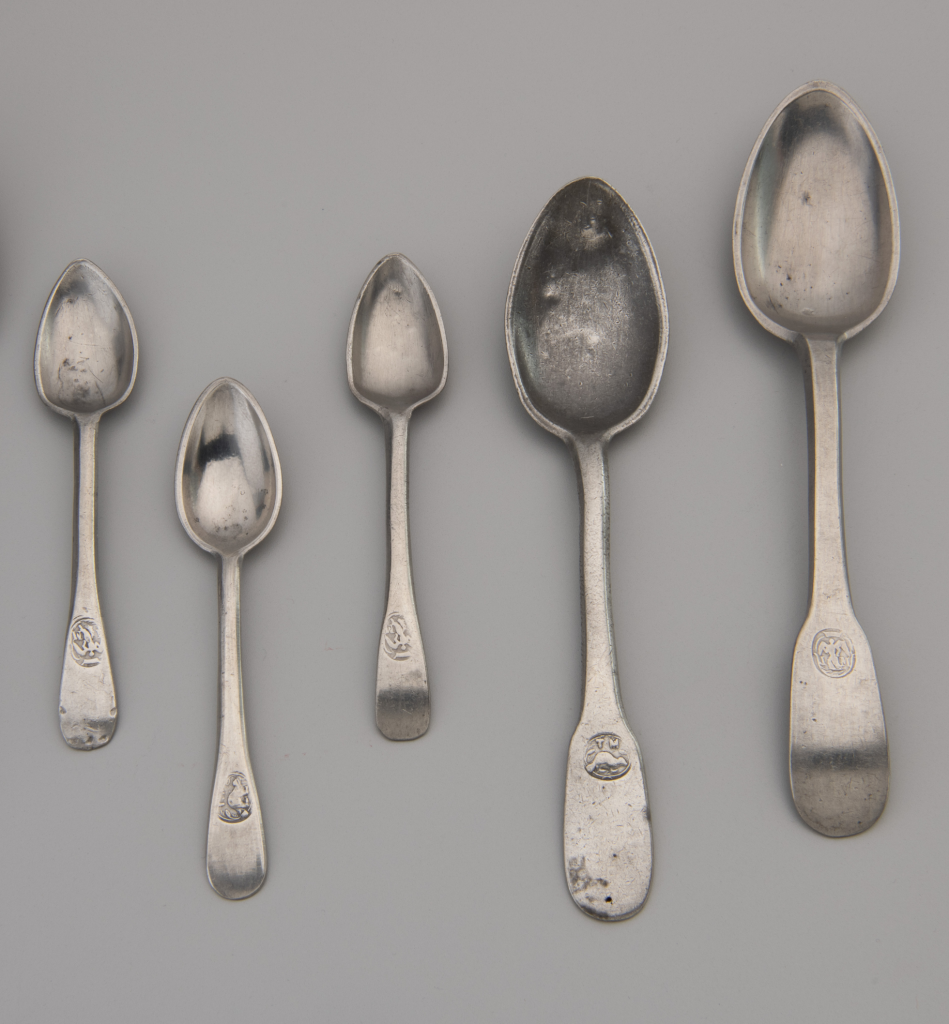A few years ago, the Canadian Museum of History acquired a stamp design, called an essay, that is both a national treasure… and a mystery.
“When it became available, I was excited because I knew it would be a valuable addition to the Canadian Stamp Collection,” says Bianca Gendreau, the Museum’s Manager, Contemporary Canada and the World. “Now all Canadians can experience an essay that may be associated with Louis Riel’s provisional government of Manitoba. It is one of the greatest mysteries of Canadian philately.”
Ten copies of this essay are known to exist, the first of which surfaced in 1929, sparking intense collector interest. Three of the ten are in Britain’s Royal Philatelic Collection. And, since the discovery of the essays, there has been an ongoing debate about their date of origin and production history.

Philatelic essay that could have been commissioned by Louis Riel. Canadian Museum of History, IMG2015-0100-0039-Dm
“After the essays were discovered, researchers began to investigate their attribution to Riel, an emblematic figure of Canadian history,” says Gendreau.
When Riel formed a provisional government during the Red River Rebellion of 1869–1870, he appointed a postmaster, prominent businessman Andrew Graham Ballenden Bannatyne. Some believe that this appointment reflected both Riel’s confidence and his belief in the symbolic value of a postal system to a new nation. The production of a postage stamp would have been the next natural step.
Another theory holds that the essays were created during the ill-fated North-West Rebellion of 1885, which led to Riel’s conviction for treason. Although the woman on the essay doesn’t resemble Marianne, the allegory of Republican France, she’s wearing a type of cap that symbolizes liberty and the French Revolution.
An alternative to the Riel hypothesis holds that the essays were made by O. Kendall, a Winnipeg stamp merchant, or by Samuel Allan Taylor, also a stamp merchant. However, such a design never appeared in any of the catalogues of the time.
“This essay tells a story that goes beyond the design of a stamp,” says Gendreau. “It is an important example that links a philatelic rarity to a crucial moment in the history of Canada. This one small piece of paper raises questions about the symbolism of Louis Riel and the historical role that may be attributed to a stamp.”


